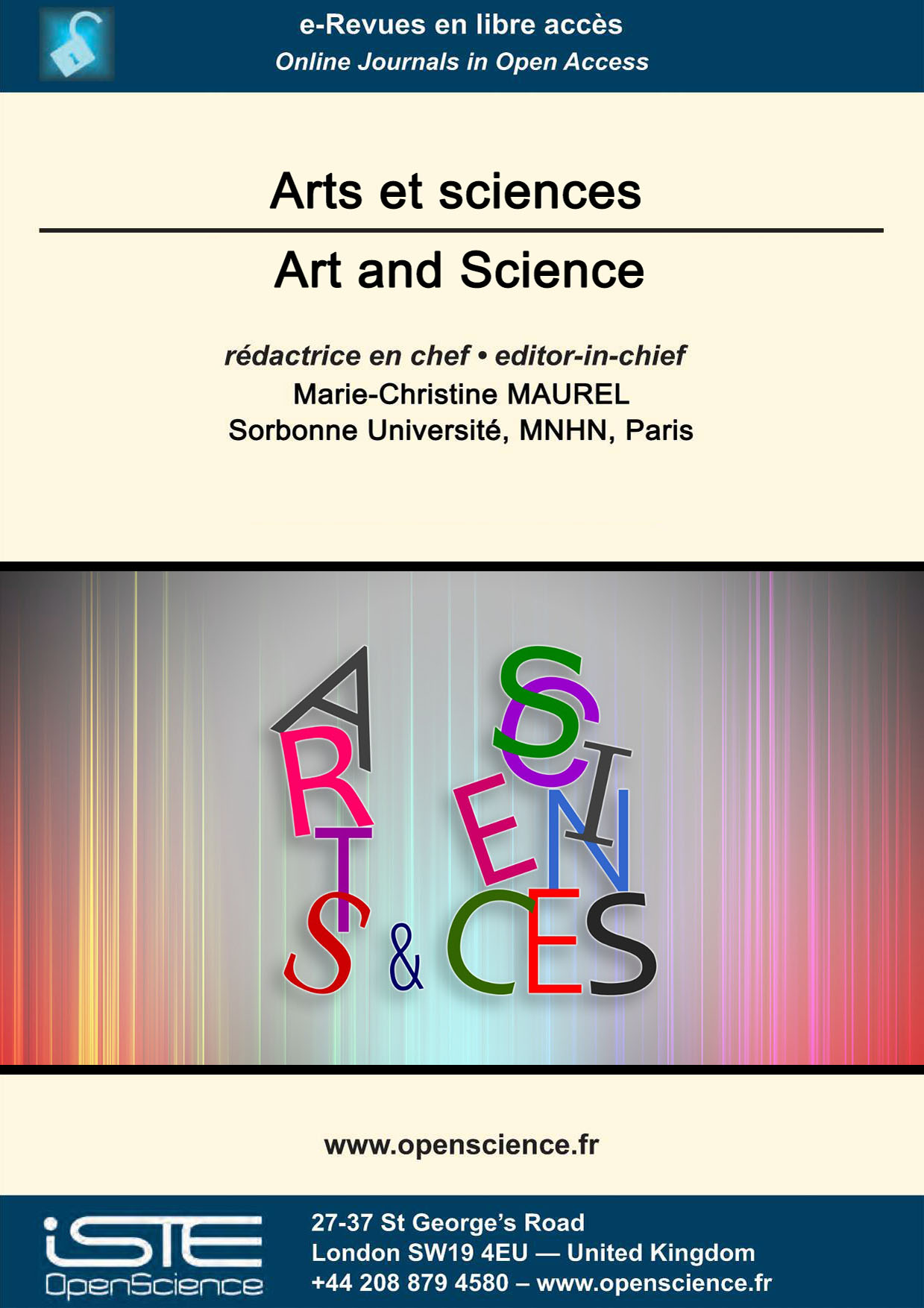

Social Sciences and Humanities > Home > Art and Science > Issue
If sight, from the evolutionary point of view, has become the primary sense for mankind, it also has been a scheme to think the activity of the mind. At least since greak philosophy, thinking is judged such as seeing. Then, how can we give an intelligible status to the invisible? This article has a double purpose: first to interrogate the potential link between thought and invisible, as well the ontological status of the invisible; secondly it takes an interest in how to understand thinking otherwise than as viewing.
Planktonium is a short film about the unseen world of living microscopic plankton. It is a voyage into a secret universe, inhabited by alien-like creatures. These stunningly beautiful, very diverse and numerous organisms are unknown to most of us because they are invisible to the naked eye. However, they are wandering beneath the surface of all waters around us and they are of vital importance for all life on earth. Jan van IJken filmed the plankton through his microscopes, revealing the beauty and delicate structures of the minute organisms in the finest detail. The film is without any voice-over or explanation. Renowned Norwegian artist Jana Winderen made a sound composition for the film. She is recording audio environments and creatures which are hard for humans to access, both physically and aurally – deep under water, inside ice or in frequency ranges inaudible to the human ear. Phytoplankton (small plant-like cells) are producing half of all oxygen on earth by photosynthesis, like plants and trees do on land. Zooplankton are forming the base of the food chain of aquatic life. Plankton are also playing an important part in the global carbon cycle. The plankton are threatened by climate change, global warming and acidification of the oceans.
Present on Earth for 400 million years, insects currently number 1.3 million described species and represent 85% of animal biodiversity. They have always fascinated humans, who have devoted countless artistic representations, scientific research and philosophical or literary texts to them. Faced with phenomena as enigmatic as the forms, metamorphoses and behaviors of insects, artists and writers express wonder or horror, entomologists decipher the mechanisms, and all these approaches highlight the need to preserve these species without which the Earth would become globally sterile.
Vincent Fossat (1822-1891) was an artist who worked for the naturalist Jean-Baptise Barla for most his life. Fossat produced remarkable watercolors of mushrooms, flowers and fish for Barla. The paintings served as documentation of Barla’s specimens, recording their colors and living aspects. He also did lithographs for Barla’s publications on mushrooms and orchids. Fossat’s magnificent detailed watercolors have been preserved at the Musée d’Histoire Naturelle de Nice and periodically shown in local exhibitions but are little known outside Nice. Here an effort is made to introduce Vincent Fossat and his watercolors to a wide audience. A brief history of Fossat’s private and artistic life is provided and examples of Fossat’s watercolors are given.

2024
Volume 24- 8
Issue 12023
Volume 23- 7
Issue 12022
Volume 22- 6
Issue 12021
Volume 21- 5
Issue 12020
Volume 20- 4
Special issue2019
Volume 19- 3
Issue 12018
Volume 18- 2
Issue 12017
Volume 17- 1
Issue 1